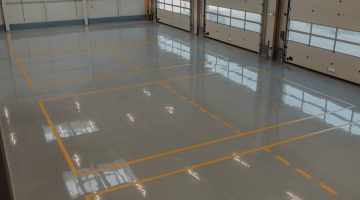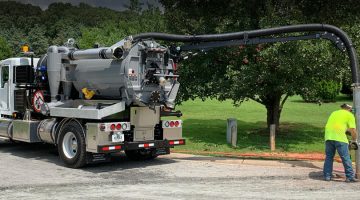
Advanced Rock Milling Technology for Superior Results
Rock milling, otherwise called rock grinding or rock cutting, is a basic cycle in different ventures, including mining, development, and geotechnical designing. It includes the evacuation or fracture of hard rock arrangements utilizing specific gear. Throughout the long term, headways in technology have prompted the improvement of state of the art rock milling procedures, bringing about predominant outcomes concerning proficiency, precision, and security. Therefore, rock milling in texas is a crucial process for various industries, including mining and construction, contributing to their success and growth.
High-Pressure Grinding Rolls (HPGR):
One of the huge headways in rock milling technology is the use of High-Pressure Grinding Rolls (HPGR). HPGR machines apply high pressure between two counter-turning rolls to squash the stone material proficiently. This technology offers a few advantages, including further developed energy effectiveness, diminished mileage on hardware, and improved freedom of important minerals. HPGRs have demonstrated especially powerful in the comminution of hard metals, empowering better grinding and further developed by and large milling execution.
Precision Milling with Laser Technology:
Laser-helped rock milling has arisen as a state of the art method for exact material evacuation. By utilizing high-power lasers, this technology can specifically remove or break down the stone surface, considering controlled and precise milling. Laser milling offers benefits, for example, insignificant vibration, decreased apparatus wear, and the capacity to target explicit regions without influencing the encompassing stone. It is especially significant in applications requiring mind boggling rock profiling or while managing weak or heterogeneous stone developments.

High level Sensor Coordination:
The reconciliation of cutting edge sensors in rock milling gear has fundamentally worked on the productivity and wellbeing of the cycle. These sensors give continuous input on different boundaries like stone hardness, machine execution, and environmental circumstances. By constantly checking these elements, administrators can enhance milling boundaries, adjust to changing stone circumstances, and forestall gear disappointments. Moreover, sensor mix improves security by recognizing likely risks, for example, unnecessary vibrations or unsound stone designs.
Automated Control Systems:
Present day rock milling innovations frequently integrate modern automated control systems. These systems use AI calculations and man-made reasoning to advance milling activities in light of ongoing information. By breaking down input from different sensors and changing milling boundaries appropriately, automated control systems can accomplish higher efficiency, limit energy utilization, and work on the consistency of the milling system. Besides, these systems empower remote observing and control, reducing the requirement for on location staff and improving generally functional effectiveness.
Therefore, rock milling in texas has experienced significant advancements in technology, enhancing efficiency and precision in the process.




